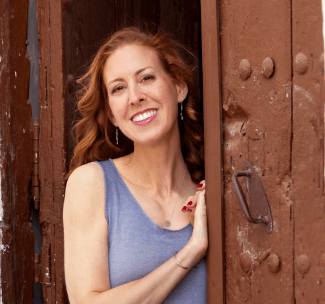Taking the Fear Out of Flying Space-A
Main image: Several C-17 Globemaster III's wait on the flightline at McChord Air Force Base, WA. Photo U.S. Air Force illustration/Abner Guzman.
Flying Space-A has the potential to save a military family thousands of dollars on airfare, but some members are hesitant to try it. They “heard” that it’s hard to get a seat, that they will waste their leave waiting for a flight, or that they will get stuck at their destination.
Many of those negative Space-A stories come from travelers who didn’t do their research or understand when and how to use Space-A before they showed up at the passenger terminal.
Based on our 8+ years of taking “military hops” around the world, here’s how to avoid those mistakes and set yourself up for a successful adventure.
1) Do your research before you try it.
Make sure you understand the entire Space-A flying process from start to finish before you plan your first trip. While some of the steps will make more sense when you experience them for yourself, don’t try to figure out Space-A as you go.
Start by determining your Space-A travel category and the associated documents needed for travel. Your category will also determine when you can sign up and whether you have any geographic restrictions on where you can fly.
From there, keep reading! Learn how and where to sign up, where to find flight schedules, and what to do on the day of your flight. Also, research your destination terminal(s) so that you know the lodging and ground transportation situations before you get there.
It’s also a good idea to stop by your local passenger terminal to ask questions and learn more about what to expect when you arrive to travel.

Ramstein AB passenger terminal.(U.S. Air Force photo/Airman 1st Class Kenny Holston)
2) Understand when to fly Space-A.
Traveling Space-A is a great way to save money when you have time and flexibility. It’s not a good option during short periods of leave or when you need to arrive somewhere by a certain time, such as for an event, cruise departure, or holiday. In those cases, fly commercial.Speaking of holidays, Christmas and other times of year when schools are on break are more challenging to fly Space-A, especially to/from OCONUS locations. Many military families travel at these times, resulting in extra competition for seats. Summer has the added wrinkle of PCS season, when many seats on the “rotators” are occupied by space-required passengers, leaving fewer seats open for Space-A passengers.
All this is not to say that you can’t fly Space-A when the kids are out of school, especially if you are in a higher-priority category. But if you just want to get a first trip under your belt, Christmas break is not the best time for experimenting.
3) Test it out with a low-stakes trip.
If you’re flying Space-A for the first time, learn the ropes with a small getaway, not the epic vacation you’ve been planning for years.
Also, choose a destination that’s relatively close, or at least one from which you could fly commercial back home without breaking the bank. For example, if you live in the Washington, DC, area, try a hop from JB Andrews to JB Charleston. If you’re stationed in Japan, test out Space-A by flying between Yokota AB and Kadena AB or even from Yokota to Osan AB.
As you will learn from your research, when flying Space-A, you always need backup plans, and flying commercial is one of them.

Space available passengers board A C-17 Globemaster III bound for Andersen Air Force Base, Guam. (U.S. Air Force photo/Tech Sgt. Cohen A. Young)
4) Stay flexible by ensuring you have the right clothing and gear for any aircraft.
One of the ways to avoid getting stuck at a location when flying Space-A is by staying open to flying on any aircraft. Many Space-A passengers set their sights on the rotators, which are regular civilian planes. But if you’re ready and willing to hop a cargo aircraft or fuel tanker, you can expand your options significantly.
These aircraft are usually very cold, and some have jump seats along the sides of the plane. Fortunately, if there is enough room, you can stretch out on the floor or across the seats during the flight. It’s easy to prepare for these situations.
At a minimum, dress in warm layers, and bring a small, inflatable mattress. You may also want to bring a blanket or light sleeping bag and your own ear protection. Here’s a full Space-A packing list.
Knowing you’re prepared with everything you need for a comfortable flight on any aircraft will help you feel more confident going into your first Space-A journey.
Flying Space-A is a fun, unique adventure available to eligible members of the military community. I highly recommend trying it at least once, but make sure you’ve done your homework before you pack your bags. That way, you are more likely to have a positive experience, and you will have another tool in your belt to save money on travel.
Find more travel tips in our free guide below.






